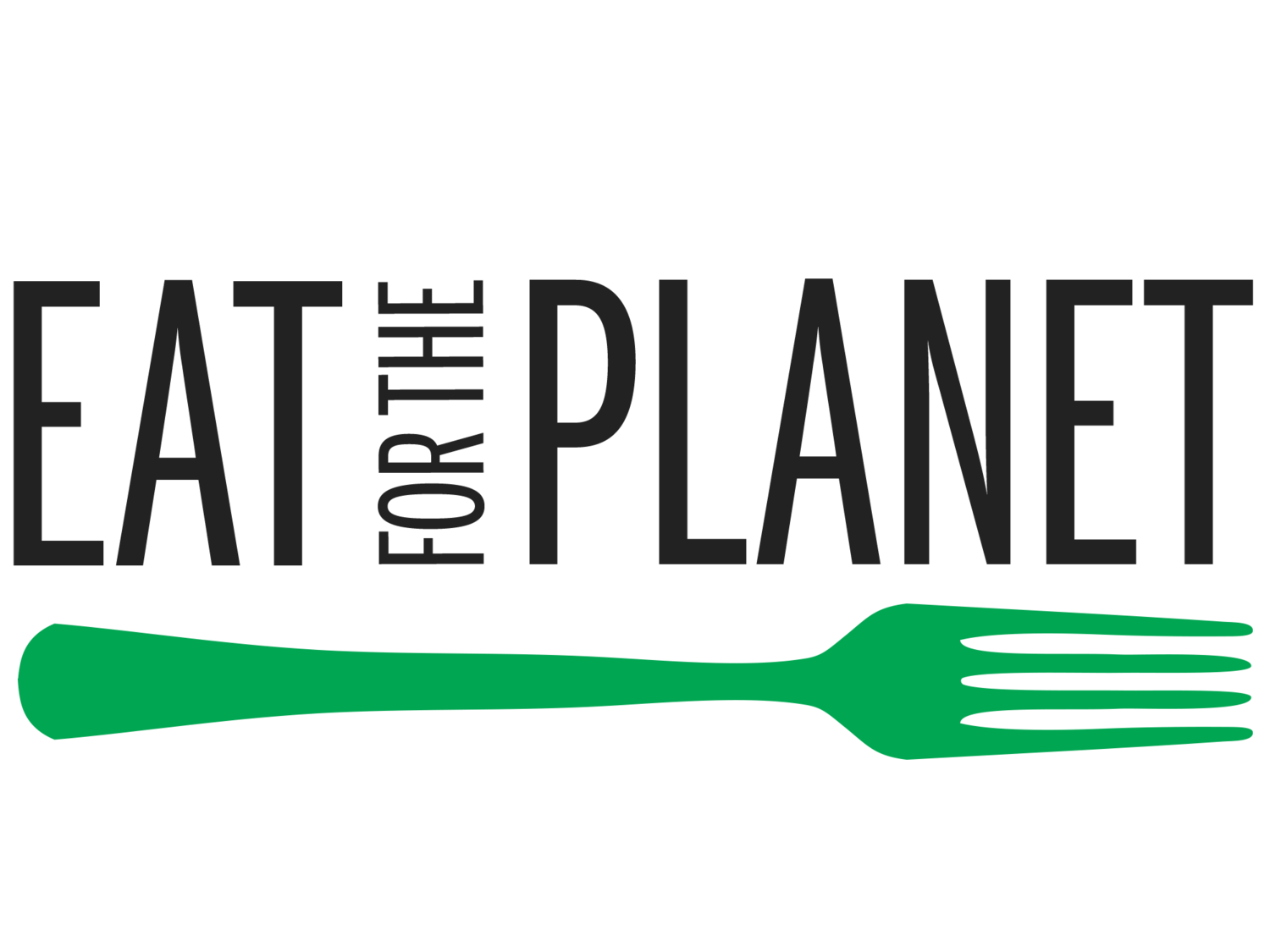Time for a Better Plant-Based Butter
Plant-based butters have been a staple in American households for nearly 100 years. Born out of the Great Depression, this spread made primarily from hydrogenated vegetable oils, known as margarine thanks to familiar pushback from the dairy industry, has persisted as a “healthier,” cheaper alternative to dairy butter.
The Second Wave of Plant-Based Butters
Today, the concept of margarine has evolved into an entirely new category – plant-based butters. Moving away from a product that is primarily composed of canola and palm oils (though many new substitutes still have both on the ingredient list to more or less degree), there is new demand for a wide range of ingredients that reproduce the salty, creamy spread so many Americans know and love. The market for plant-based butters has grown over 8 percent in the last year alone, achieving a total value of $198 million. Kite Hill recently announced they would be joining major players like Earth Balance in the plant-based butter business with plans to roll out their almond-based butter this summer in Whole Foods.
Kite Hill made its name in almond-based, vegan cheeses and has since expanded into yogurts, cream cheese, dips, and pasta. With the help of a $40 million investment led by General Mills in 2018 and an addition round of $10 million in 2019, Kite Hill’s portfolio has expanded directly with consumer demand. Last year yogurts and dips were named as the plant-based categories to watch and if Kite Hill’s history is any indication, their choice to make butters foretells future growth in this non-dairy category as well.
“Butter is a multi-million-dollar category and the consumer movement is both in premium [dairy] butters like Kerrygold, as well as premium plant-based butters that offer variety outside of traditional soy and canola based products that have been around for so many years.”
~ Rob Leibowitz, CEO, Kite Hill
So what will set Kite Hill apart from this increasingly saturated category? Leibowitz makes the point that almond milk is the second ingredient on the label for their butter, adding sunflower oil and coconut oil to create the buttery consistency. We know consumers are becoming increasingly aware of ingredient labels and looking for foods that stack up to “clean” claims. In the world of plant-based butter, achieving the melt and mouth-feel of traditional dairy butters often involves loading the product with fatty plant-based oils – namely coconut, canola, soy, or palm. Butter is, after all, concentrated milk fat, but there is a need to innovate within the plant-based foods industry to reach the market who is looking for non-dairy as well as health-forward.
The Challenge of Making Better Butter
There has been a fair amount of innovation with Miyoko’s rolling out an oat butter and Milkadamia’s macadamia-nut oil butter – even OG margarine brand Country Crock has stepped it up with their new “plant butter” that comes in varieties derived from avocado, olive, and almond oils, but I would posit this is just the beginning for plant-based butters. Looking to the plant-based milks category for example, what started with almond and rice milks has exploded to include everything from banana to chia milks. Need to expand the ingredient offerings is not only important for consumers, but for the environment as well.
When a report about the negative environmental impact of almond milk surfaced a few months ago, consumers were in a tizzy. The impact of growing almonds comes down to the use of pesticides (which harm bees) and a high water footprint. But it is important to remember that almond production still pales in comparison to the environmental impact of dairy – 98% of dairy’s water footprint comes from growing alfalfa (another very thirsty crop) and it takes 2,000 gallons of water to make just 1 gallon of milk. That said, the plant-based foods industry would be wise to diversify ingredients to keep environmental footprints low. Miyoko’s is setting an example here with the released a lifecycle assessment for their products and they are starting to move away from solely cashew and almond-based foods into more sustainable ingredients like oats.
The reality is anytime one singular ingredient becomes too powerful, there will be negative environmental impacts. Soy is a nitrogen-fixing crop that can help revive soil when properly rotated with other crops – but demand for soy in cattle feed has led to GMO soy and soy monocultures that are doing more harm than good. This is why innovation is needed.
The Bottom Line
There are a wealth of input crops, including oat and pea that have significantly smaller footprints – but we need to reform the way we think about ingredients for plant-based foods. If we can take plant-based butter from a product made up of unhealthy oils to one that boasts premium ingredients, we need to consider the impact of those ingredients and identify what new opportunities there are for more sustainable input ingredients. If the plant-based foods industry is leading the way creating a food system that supports people and the planet, these are the sort of questions I challenge brands looking to cash in on this new category to answer.
If you’re interested in learning more about sustainability leaders who are building a better food system, check out these Eat For The Planet interviews with Sweet Farm, Barukas, Milkadamia, Tyler Mayoras and Dr. Bronners. Are you making a plant-based butter with innovative, sustainable ingredients? Let us know at eftp@eftp.co.
